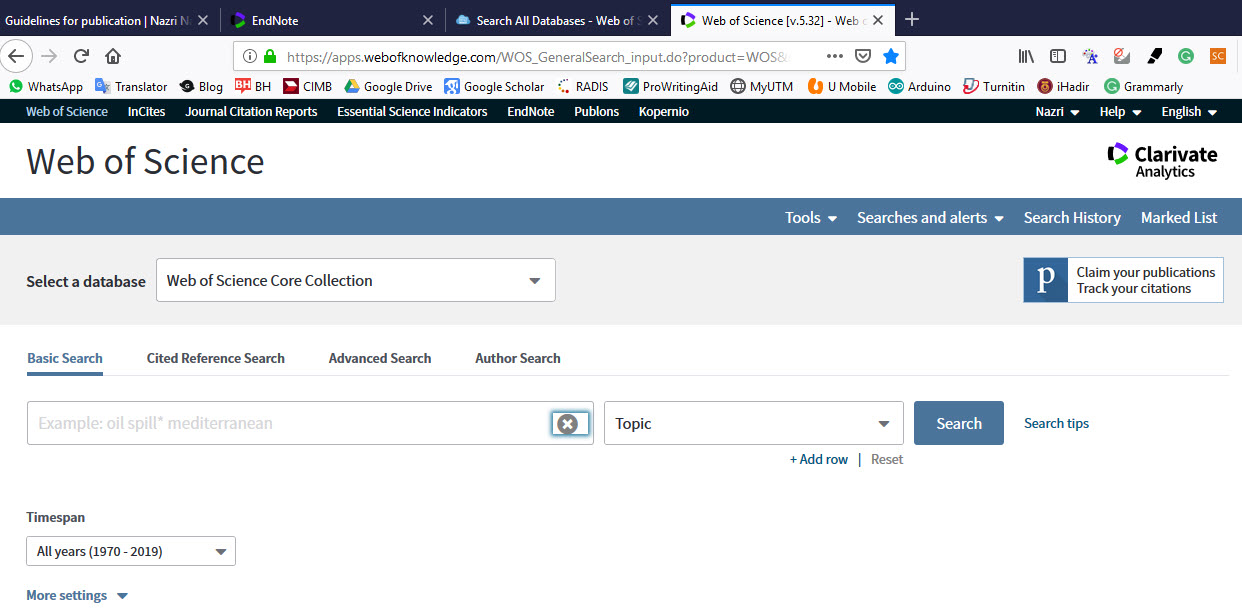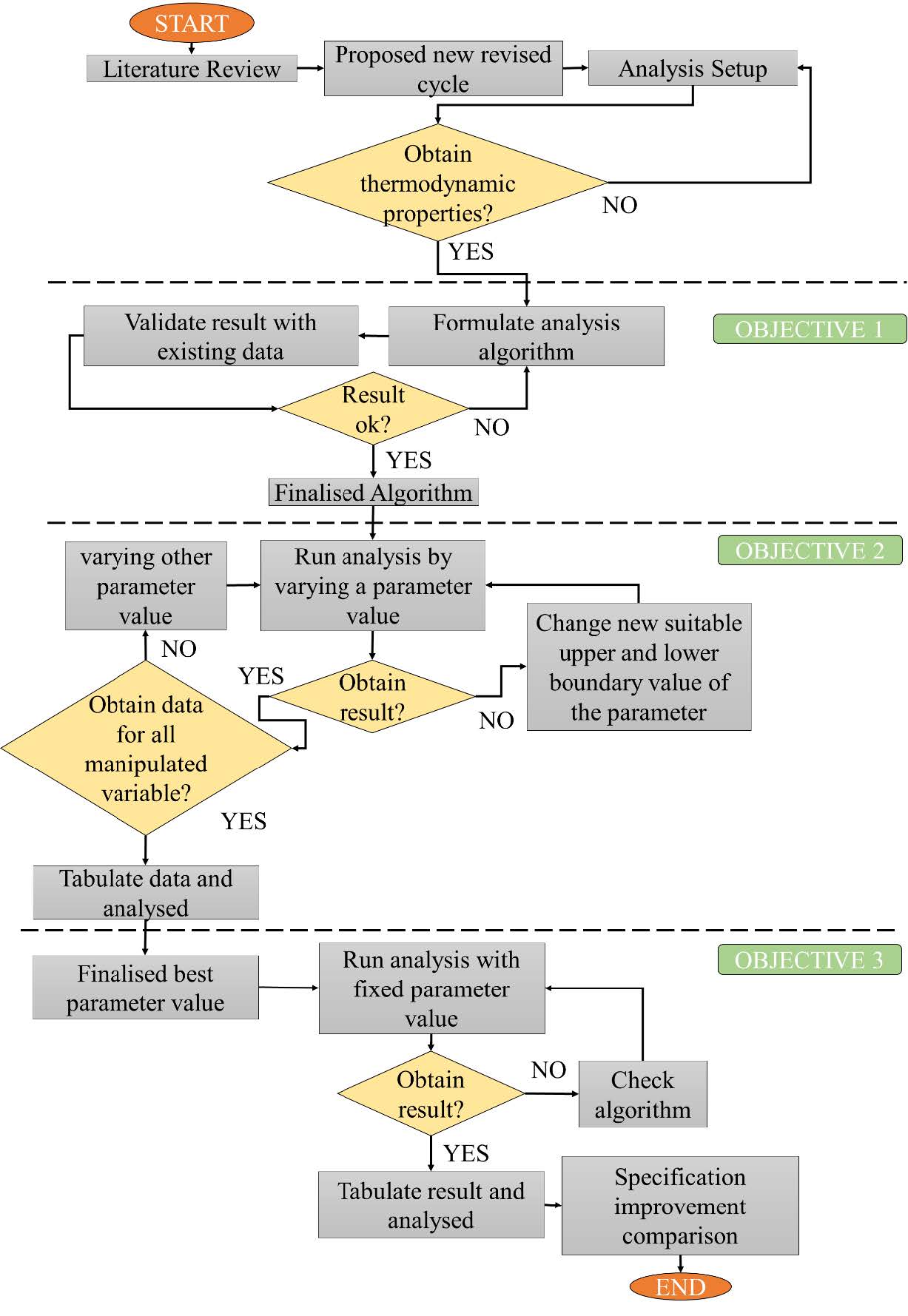Notes
- Writing literature review by Prof Maya
- WoS Training for Researchers_UTM
- JCR 2019 Training for Researchers
- Publons for Researchers_Final
- Journal rankings
- Connector for journal writing
- Q1-Q4-Journals
- UTMFIN Manual for Publication Incentive
- First author or corresponding author
- Example Web of Science proof of indexing attachment
- List of journal in Web of Science
- How to check journal quartile
- Format for references (Elsevier)
- Responses to the Reviewers’ Comments and Suggestions
Click here for NOTES
Description of flowchart
Research Procedure flowchart
As in Figure 3.3.1, a literature review is conducted at the beginning of the research to understand the OTEC field better. Then, a comparison between other research was conducted to have more knowledge on the OTEC cycle improvement. Next, a new revised OTEC cycle was proposed, and the detailed explanation can be referred to in chapter 3.3.
After that, the platform for the analysis algorithm development was set up. Matlab software was used for the algorithm development and the CoolProp library as the thermodynamic properties solver for this case. If the Matlab software can obtain the result of the requested properties from the CoolProp library, the setup is considered done and ready for algorithm development. The detailed information can be referred to in chapter 3.4.
To achieve the first objective of this research, the algorithm for the new revised OTEC cycle was formulated, and the result obtained was compared with the previously existing data from the literature review to validate the result. The developed algorithm was finalized when the valid result was achieved, and more explanation can be found in chapter 3.5.
For the second objective, the finalized algorithm was used. A parameter was varied and fed into the algorithm, and at the same time, the data was collected. The upper limit and the lower limit of the parameter was changed if the algorithm stopped due to absurd result. Otherwise, the algorithm repeats the same process with another manipulated parameter until data from all manipulated parameters is obtained and ready for analysis. The detailed process for the second objective can be referred to in chapter 3.6.
For the third objective, the best value can be obtained and finalized for each manipulated parameter from the analysis of the thermal efficiency quantification. The finalized value of the manipulated variable will be fixed and fed into the algorithm to obtain the best thermal efficiency value and the other specification of the newly revised OTEC cycle data. The data obtained were processed and analyzed so that the critical comparison between the specification of the revised OTEC cycle and the revised OTEC cycle can be made to point up the significant improvement from the revised OTEC cycle, which was further explained in chapter 3.7.












